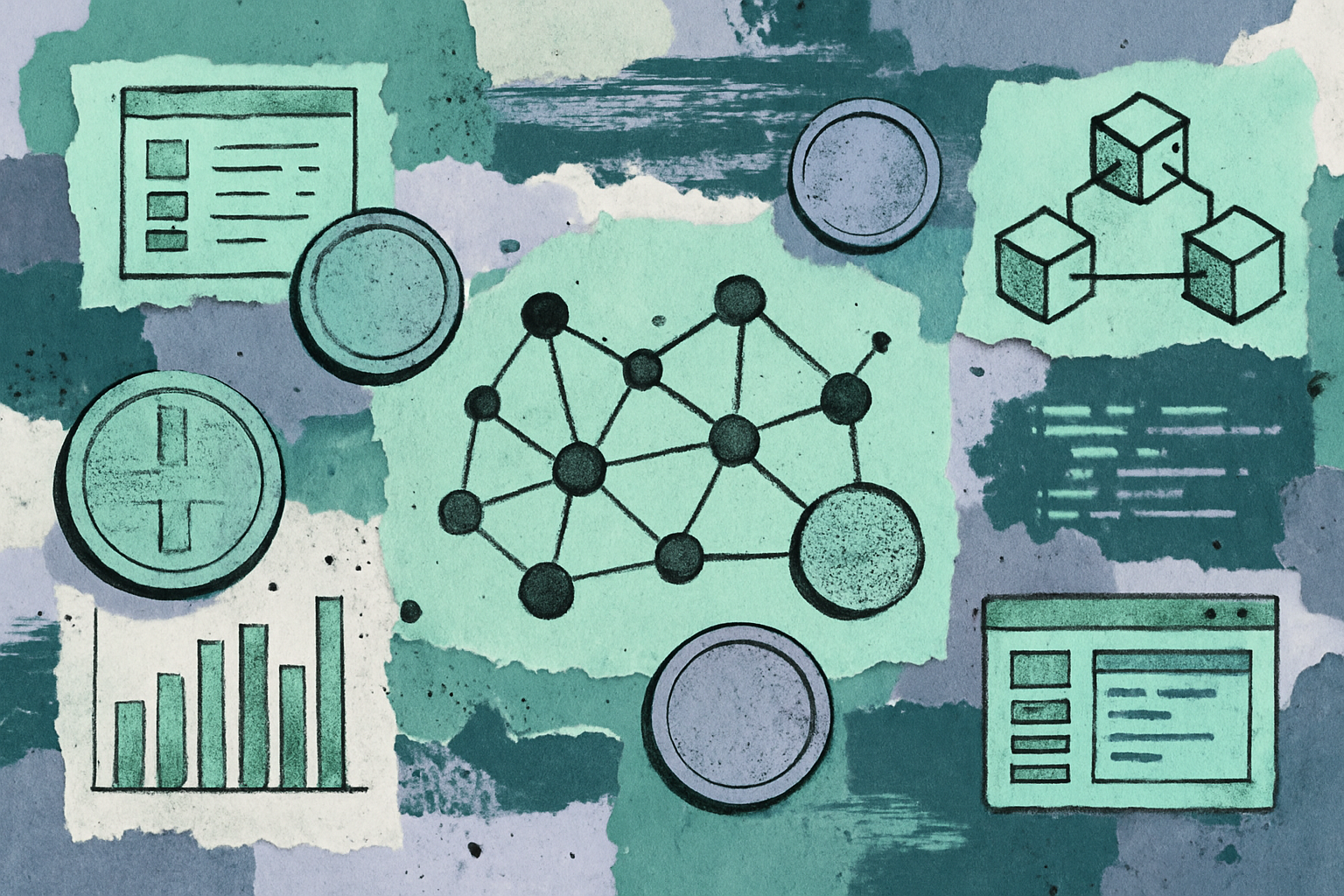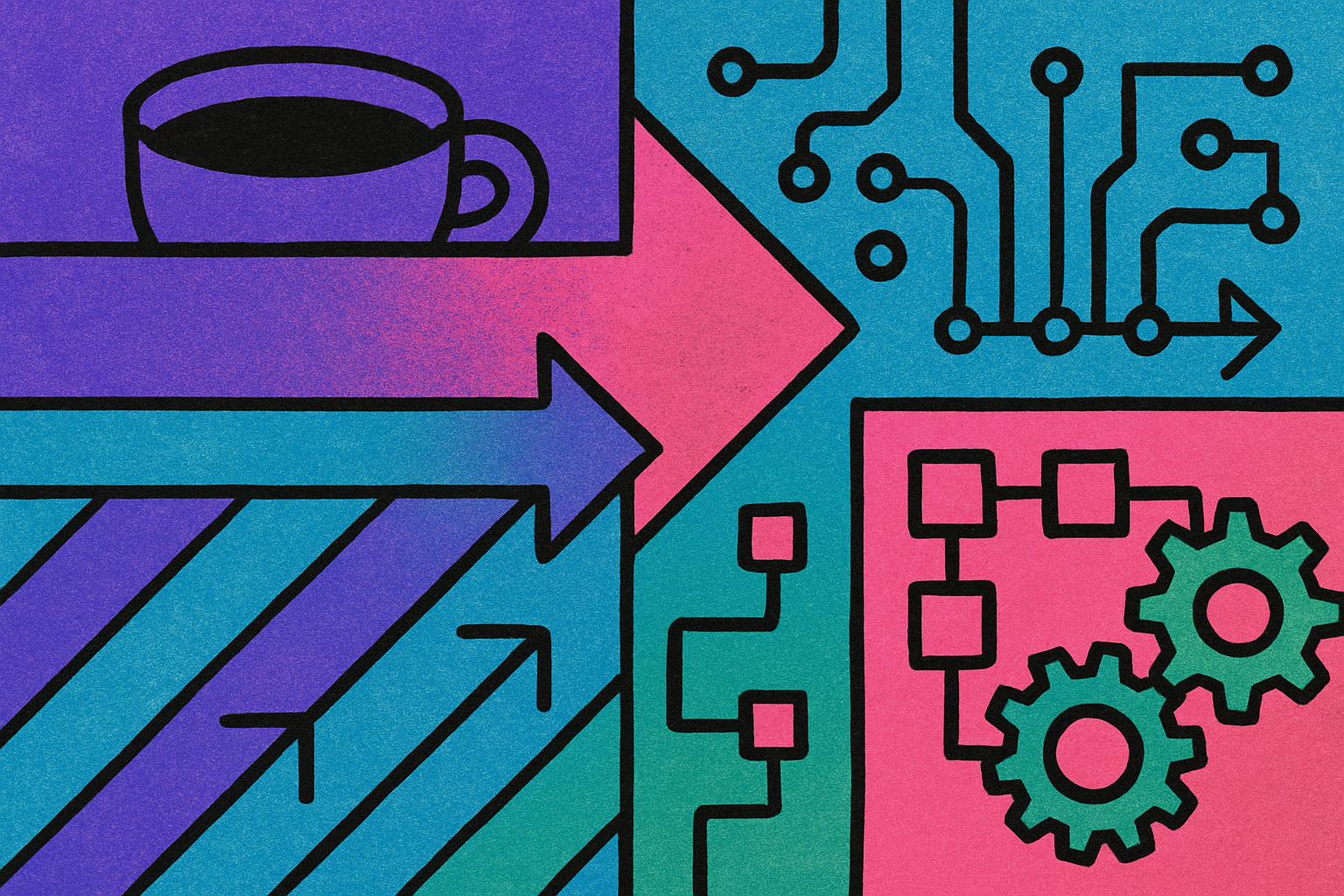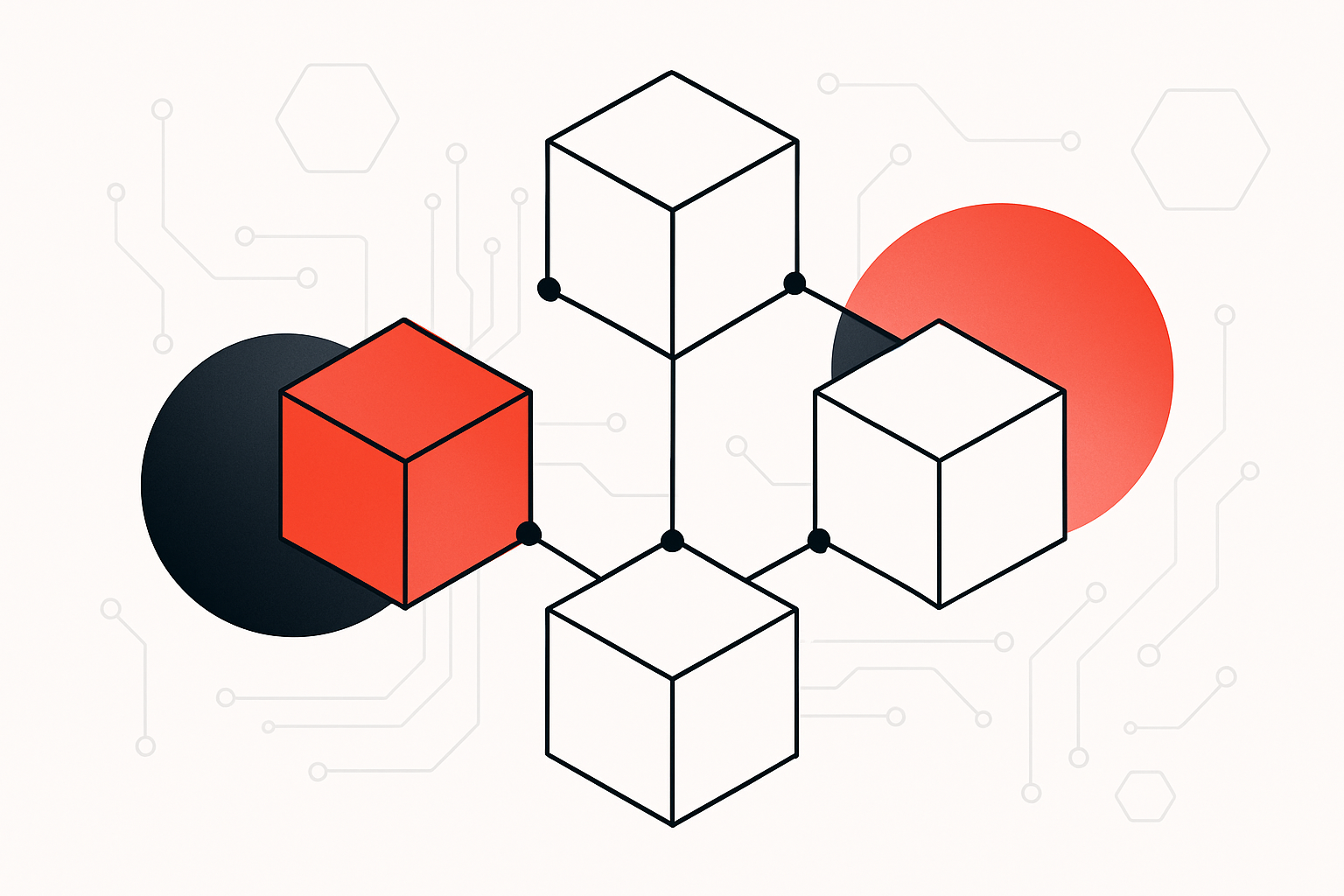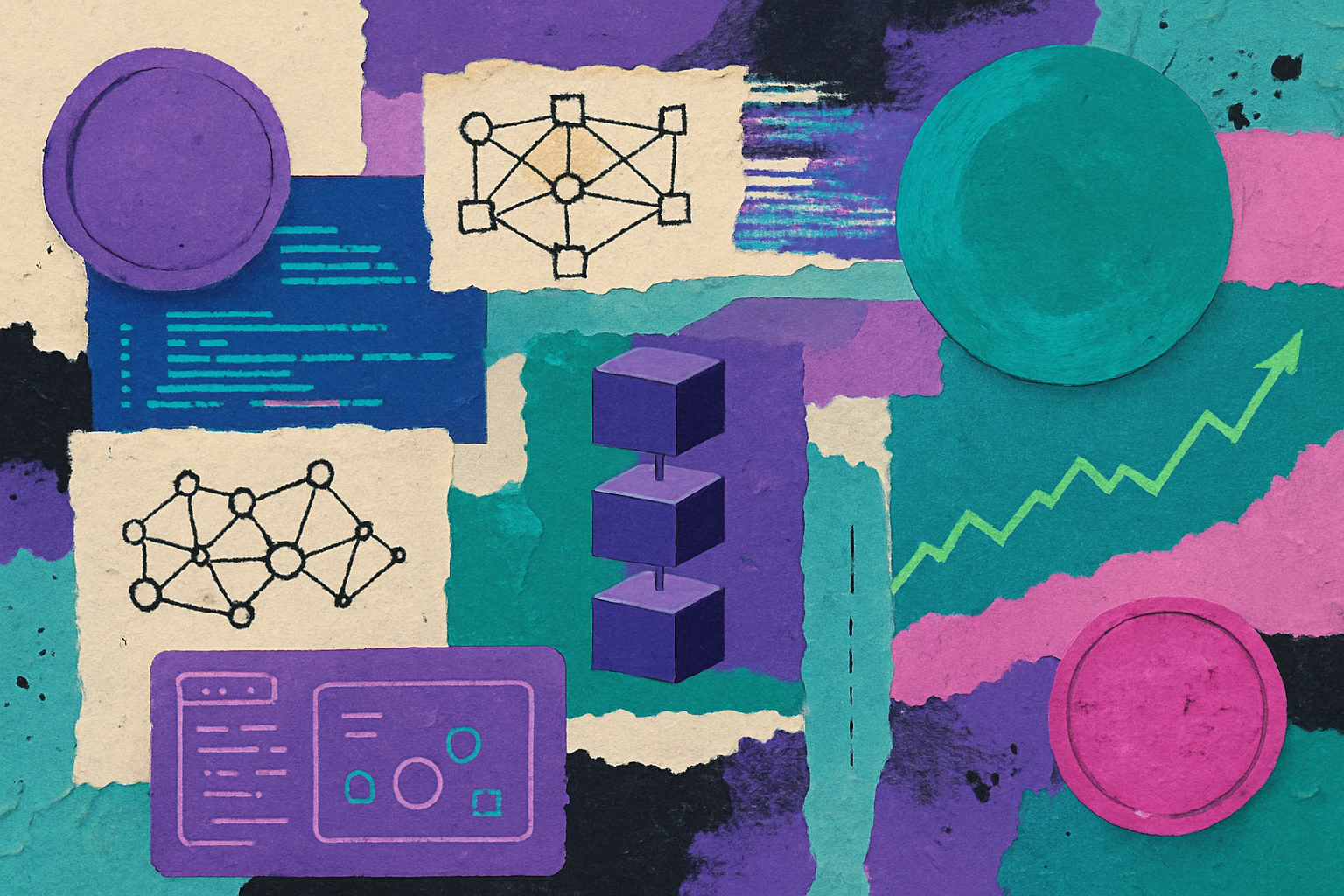
Blockchain is at a tipping point. The old playbook of slow, expensive transactions and clunky user experiences is being ripped up by a new breed of infrastructure: ephemeral rollups. These are not your typical rollups or Layer 2s. Think of them as disposable, on-demand mini-chains that appear when needed, turbocharge your dApp, then vanish, leaving the mainnet lean and composable. If you’re building in DeFi, gaming, or NFTs, this is the tech that will let you outpace Web2 rivals and seize the next wave of blockchain adoption.

What Are Ephemeral Rollups? The Rise of Temporary Mini-Chains
Ephemeral rollups (ERs) are temporary, high-speed execution environments designed for intense bursts of activity, think real-time trading surges, live multiplayer gaming sessions, or NFT minting drops. Instead of clogging up the mainnet or forcing users onto isolated sidechains, ERs spin up instantly to handle high-frequency computation off-chain. Once the action is over, they settle all results back onto the base layer with full cryptographic security.
This isn’t theoretical. MagicBlock’s ephemeral rollups are already transforming Solana’s gaming landscape by delivering ultra-low latency (10, 50 milliseconds) and preserving access to Solana’s deep liquidity pools. No bridges. No new tokens. Just pure composability with mainnet-grade security.
Why does this matter? Because it means you can build dApps that feel as fast and responsive as Web2, but with all the trustless guarantees and interoperability of Web3.
The Mechanics: How Ephemeral Rollups Supercharge Performance
The magic behind ERs lies in their workflow:
- On-demand spin-up: When a dApp needs speed, say, during a live auction or esports tournament, an ephemeral rollup launches instantly.
- Off-chain execution: Transactions are processed in this isolated environment at blazing speeds (as low as 10 ms), slashing latency for users.
- Mainnet settlement: Once the session ends, all state changes are cryptographically committed back to Solana (or another base chain), ensuring trustless finality without fragmentation.
This approach lets developers sidestep the usual headaches: no need to fragment user bases across sidechains or deploy new tokens just to scale their app-specific workloads. Instead, everything remains composable within the broader ecosystem, a crucial advantage for DeFi protocols hunting liquidity or games seeking seamless NFT integrations.
Killer Use Cases: DeFi at CEX Speed, Real-Time Gaming and NFT Innovation
The practical impact is massive, and it’s already playing out across three verticals:
- DeFi: Imagine real-time order books and instant trade settlement that rival centralized exchanges but run fully on-chain. ERs make this possible by handling rapid-fire trades off-chain before batch-settling to mainnet for transparency and auditability.
- Gaming: Multiplayer games like Supersize. gg now deliver sub-50 ms response times thanks to ERs, unlocking twitch gameplay and true on-chain eSports events without lag or dropped packets.
- NFT Marketplaces: While still emerging, ER-powered minting could enable interactive auctions or dynamic NFT attributes updated in real time, ushering in a new era for digital collectibles where user experience finally matches mainstream expectations.
This isn’t just hype; it’s already happening. Here’s how ephemeral rollups are powering real-time gaming and DeFi on Solana.
The Superchain Connection: Scaling Beyond Silos
The Superchain vision, championed by Optimism’s OP Stack, is all about unifying multiple chains under one interoperable umbrella. While MagicBlock’s ERs are currently native to Solana, their architecture fits perfectly into this multi-rollup future. Imagine spinning up disposable mini-chains across any OP Stack-powered network for flash trading events or pop-up NFT markets, all while contributing protocol fees back to a shared collective like Optimism.
What’s especially exciting is how ephemeral rollups can be adapted to the Superchain’s modular, permissionless architecture. The OP Stack already supports a range of rollup types, and “Flash Layers” (Optimism’s own take on ephemeral rollups) are emerging as a way for developers to deploy disposable, app-specific chains in minutes. This means you’re not limited to Solana, expect to see ERs pop up across the Superchain ecosystem, supercharging everything from DeFi options protocols to limited-edition NFT drops and real-time prediction markets.
For builders and degens alike, this is the unlock: ephemeral rollups let you harness mainnet-grade security without sacrificing speed or composability. No more siloed liquidity or fragmented user experiences. Whether you’re launching a live trading competition or a 24-hour NFT mint-a-thon, ERs let you scale up at the speed of culture, then seamlessly settle back onto the base chain when the dust clears.
Risks and Realities: What Builders Need to Watch
This tech isn’t magic, there are tradeoffs. Ephemeral rollups must nail cryptographic proofs and mainnet settlement logic to prevent exploits during their high-speed off-chain phases. Security audits and robust monitoring are non-negotiable. Plus, while session-based execution is perfect for bursty workloads (think game matches or live auctions), it may not fit every use case, persistent state-heavy dApps will still need classic scaling solutions.
The other challenge? User experience. ERs abstract away complexity for end users, but onboarding flows must be frictionless. Wallet integration, gas management (or complete gas abstraction), and seamless bridging between ephemeral sessions and mainnet are all critical UX frontiers.
Top Use Cases for Ephemeral Rollups in DeFi, Gaming, & NFTs
-

Real-Time DeFi Trading & Settlement: Ephemeral Rollups enable instantaneous trade execution and live price discovery for DeFi protocols on Solana, rivaling the speed of centralized exchanges while preserving transparency and security. Example: MagicBlock-powered DeFi platforms leverage ERs for ultra-fast swaps and settlements.
-
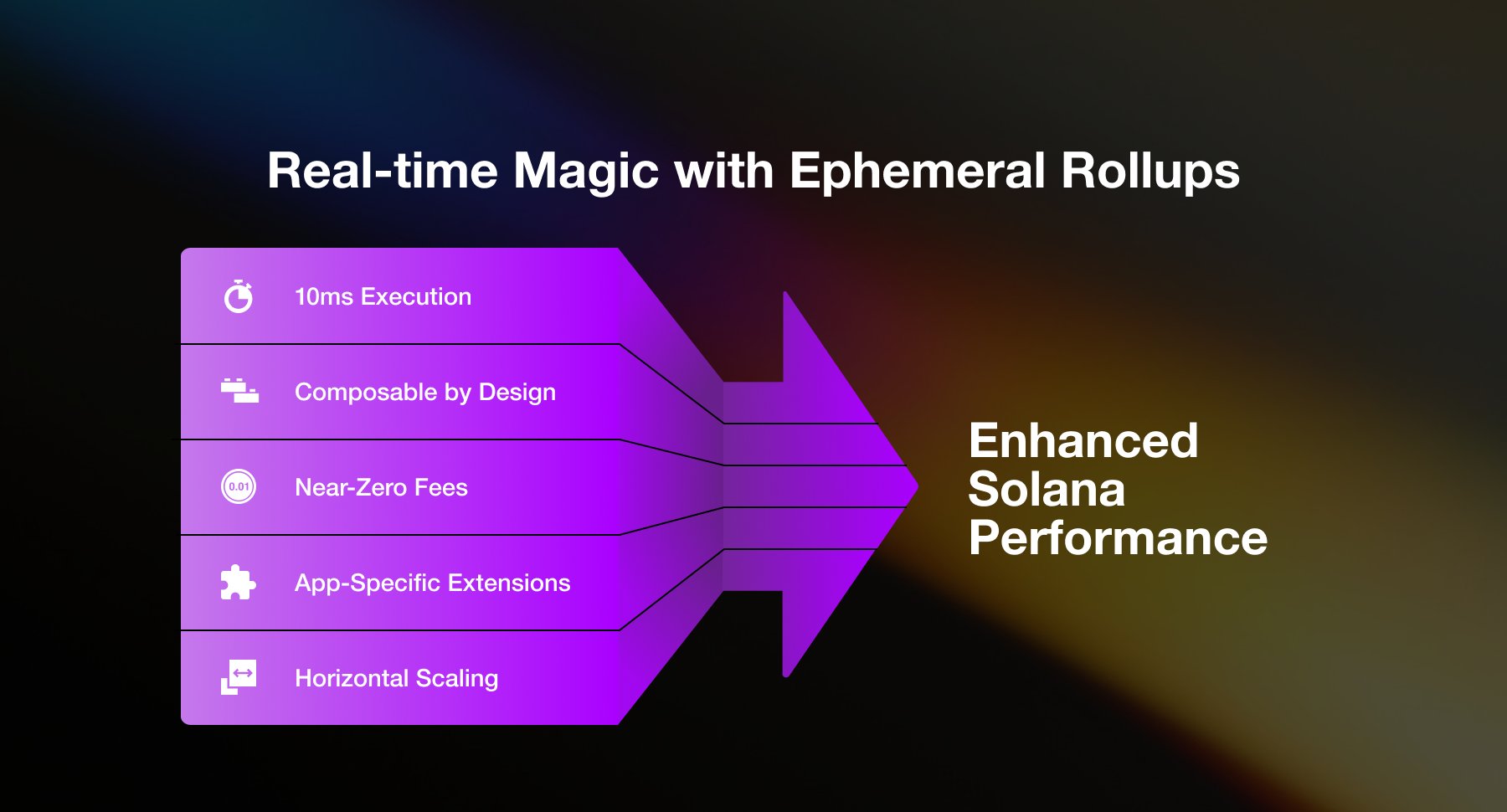
High-Performance On-Chain Gaming: With latencies as low as 10–50 milliseconds, ERs power real-time multiplayer games on Solana, delivering seamless, interactive gameplay. Example: Supersize.gg uses ERs to provide lightning-fast, on-chain gaming experiences.
-

Next-Gen NFT Marketplaces: Ephemeral Rollups can accelerate NFT trading and enable interactive NFT experiences by providing rapid transaction finality and dynamic content updates. Example: Solana NFT marketplaces exploring ER integration for faster minting and trading.
-

Composable dApps on the Superchain: By integrating with the Superchain ecosystem (like Optimism’s OP Stack), ERs allow developers to build scalable, interoperable dApps that benefit from shared liquidity and infrastructure. Example: Ethernity Chain’s entertainment-focused Layer 2 solutions within the Superchain.
Where Does This Go Next?
The momentum behind ephemeral rollups is unmistakable, and we’re just getting started. As more networks adopt ER frameworks (from Solana to OP Stack-powered Superchains), expect an explosion of new dApp patterns:
- Flash DeFi events: Temporary liquidity pools or trading arenas that spin up for hours or days, then settle transparently on-chain.
- Real-time game tournaments: On-demand mini-chains powering esports showdowns with provable fairness and instant rewards.
- Dynamic NFT experiences: Interactive auctions where attributes evolve in real time based on user actions within an ER session.
If you’re building at the frontier, whether in finance, gaming, or digital art, the time to experiment with ephemeral rollups is now. These mini-chains aren’t just a scaling hack; they’re your ticket to Web3 experiences that finally rival (and surpass) their Web2 counterparts.
If you want deeper technical dives or case studies on how MagicBlock and others are pioneering this movement, check out our full guide here.


